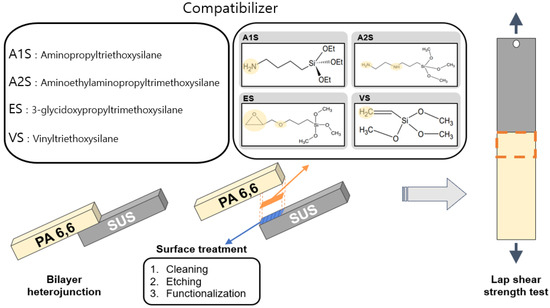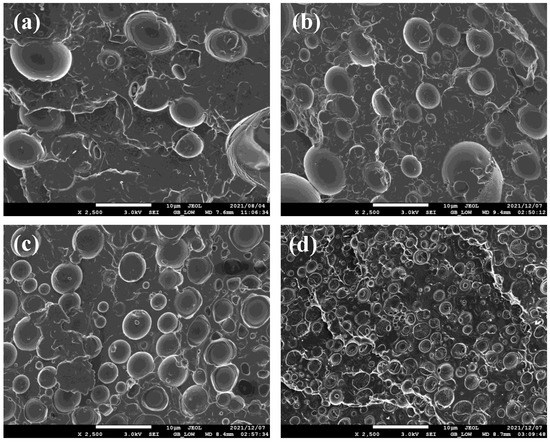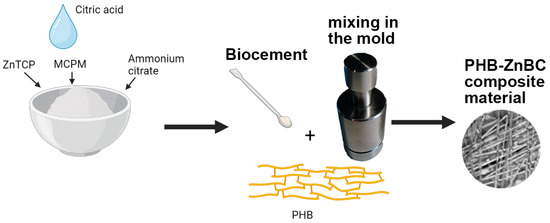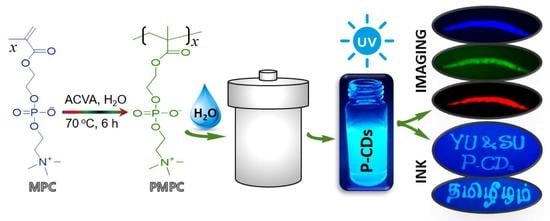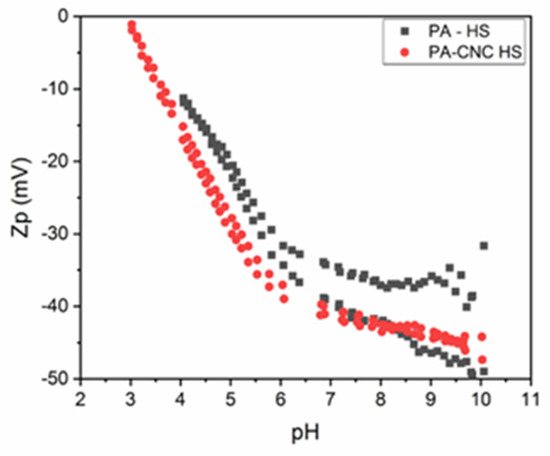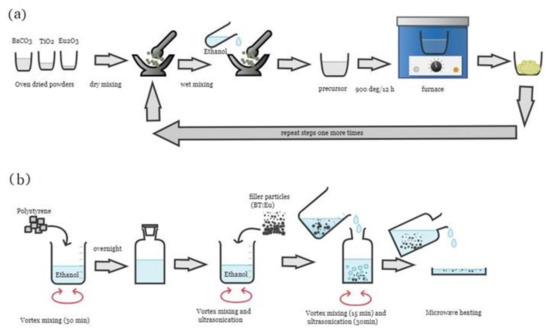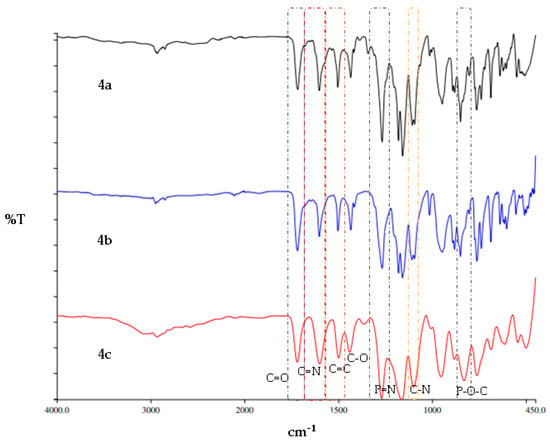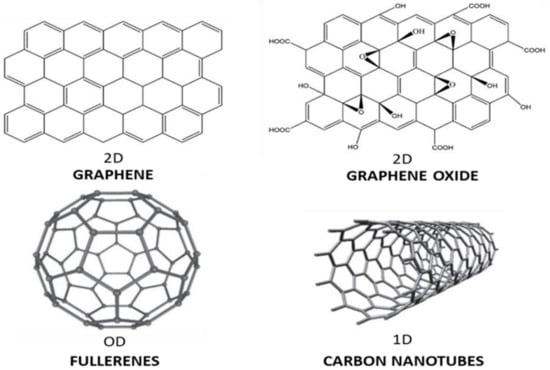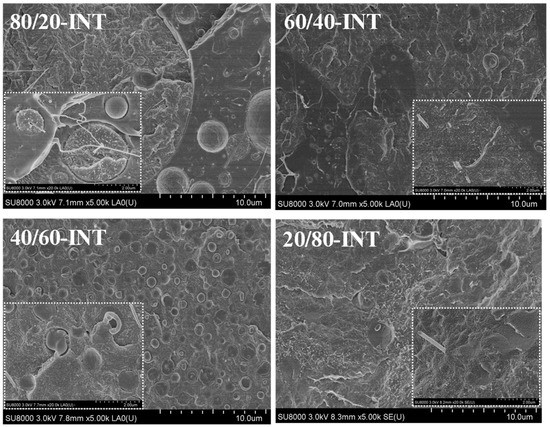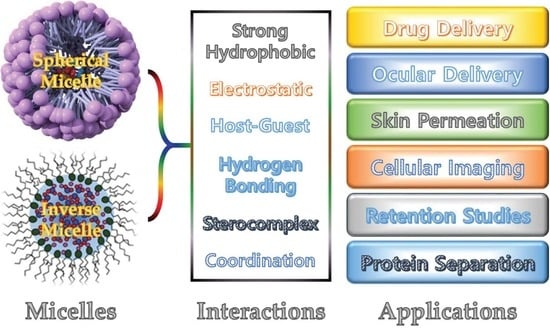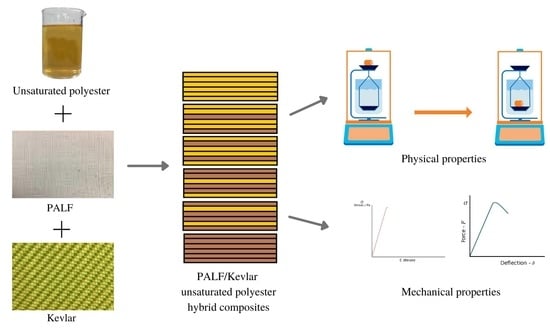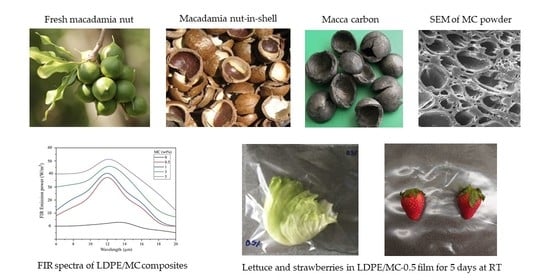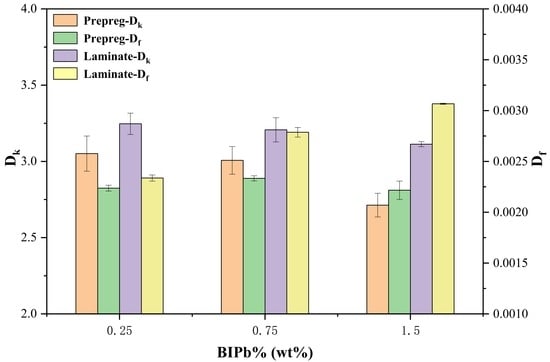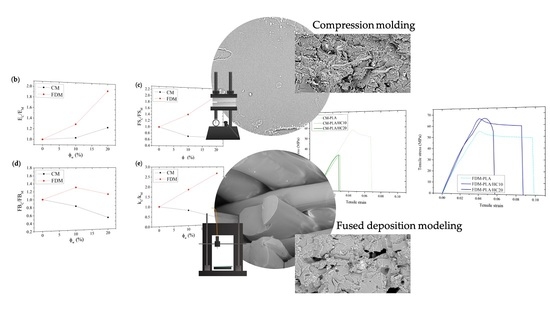Advances in Polymer Blends and Composites: Chemistry and Technology
A topical collection in Polymers (ISSN 2073-4360). This collection belongs to the section "Polymer Composites and Nanocomposites".
Viewed by 69178Editors
Interests: synthesis of polymers; preparation of polymer–graphene composites; heavy metal ion adsorption using hydrogels; nanoparticle synthesis
Special Issues, Collections and Topics in MDPI journals
Interests: material characterization; ultrasonic wave propagation; polymer rheology; curing kinetics of thermosetting matrices; polymer matrix composites; polymer composite processing and joining; heat transfer modelling; polymer based nanocomposites; hybrid welding of dissimilar materials; micro and nanoplastics; sustainability
Special Issues, Collections and Topics in MDPI journals
Interests: recycling of polymer-based formulations and nanocomposites; green polymer composites involving bio-based matrix and/or natural reinforcing fibers; polymer materials with improved functional properties; mechanical and damage behavior of composite laminated structures
Special Issues, Collections and Topics in MDPI journals
Interests: textile coating and fuctionalization; medical textiles; biomaterials; nanomaterials; plasma functionalization
Special Issues, Collections and Topics in MDPI journals
Interests: biopolymers and their composites; nanomaterials; polymers; nanocomposites; inorganic nanoparticles; antibacterial agents; surfactants; interphases
Special Issues, Collections and Topics in MDPI journals
Topical Collection Information
Dear Colleagues,
Polymers are a kind of natural or synthetic macromolecules found in various applications. Polymers are composed of repeated units of monomers. Compared to pure polymers, blended polymers and polymers composites show excellent mechanical, thermal, electronic, and thermodynamic properties. The researcher takes advantage of tuning the properties of polymers by blending the different types of polymers or by the preparation of polymer composites.
Thus, this collection will collect the manuscripts dealing with polymer blends and polymer composites. In addition, this topic collection will attract manuscripts about the properties and applications of polymer blends and polymer composites. For this collection, works in the form of articles, reviews, and communications are accepted.
Dr. Suguna Perumal
Dr. Francesca Lionetto
Dr. Pietro Russo
Dr. Andrea Zille
Prof. Dr. Ana Maria Díez-Pascual
Collection Editors
Manuscript Submission Information
Manuscripts should be submitted online at www.mdpi.com by registering and logging in to this website. Once you are registered, click here to go to the submission form. Manuscripts can be submitted until the deadline. All submissions that pass pre-check are peer-reviewed. Accepted papers will be published continuously in the journal (as soon as accepted) and will be listed together on the collection website. Research articles, review articles as well as short communications are invited. For planned papers, a title and short abstract (about 100 words) can be sent to the Editorial Office for announcement on this website.
Submitted manuscripts should not have been published previously, nor be under consideration for publication elsewhere (except conference proceedings papers). All manuscripts are thoroughly refereed through a single-blind peer-review process. A guide for authors and other relevant information for submission of manuscripts is available on the Instructions for Authors page. Polymers is an international peer-reviewed open access semimonthly journal published by MDPI.
Please visit the Instructions for Authors page before submitting a manuscript. The Article Processing Charge (APC) for publication in this open access journal is 2700 CHF (Swiss Francs). Submitted papers should be well formatted and use good English. Authors may use MDPI's English editing service prior to publication or during author revisions.
Keywords
- preparation of blend polymers
- preparation of polymer composites
- properties of polymer blends and polymer composites
- technology where polymer blends and polymer composites are utilized















